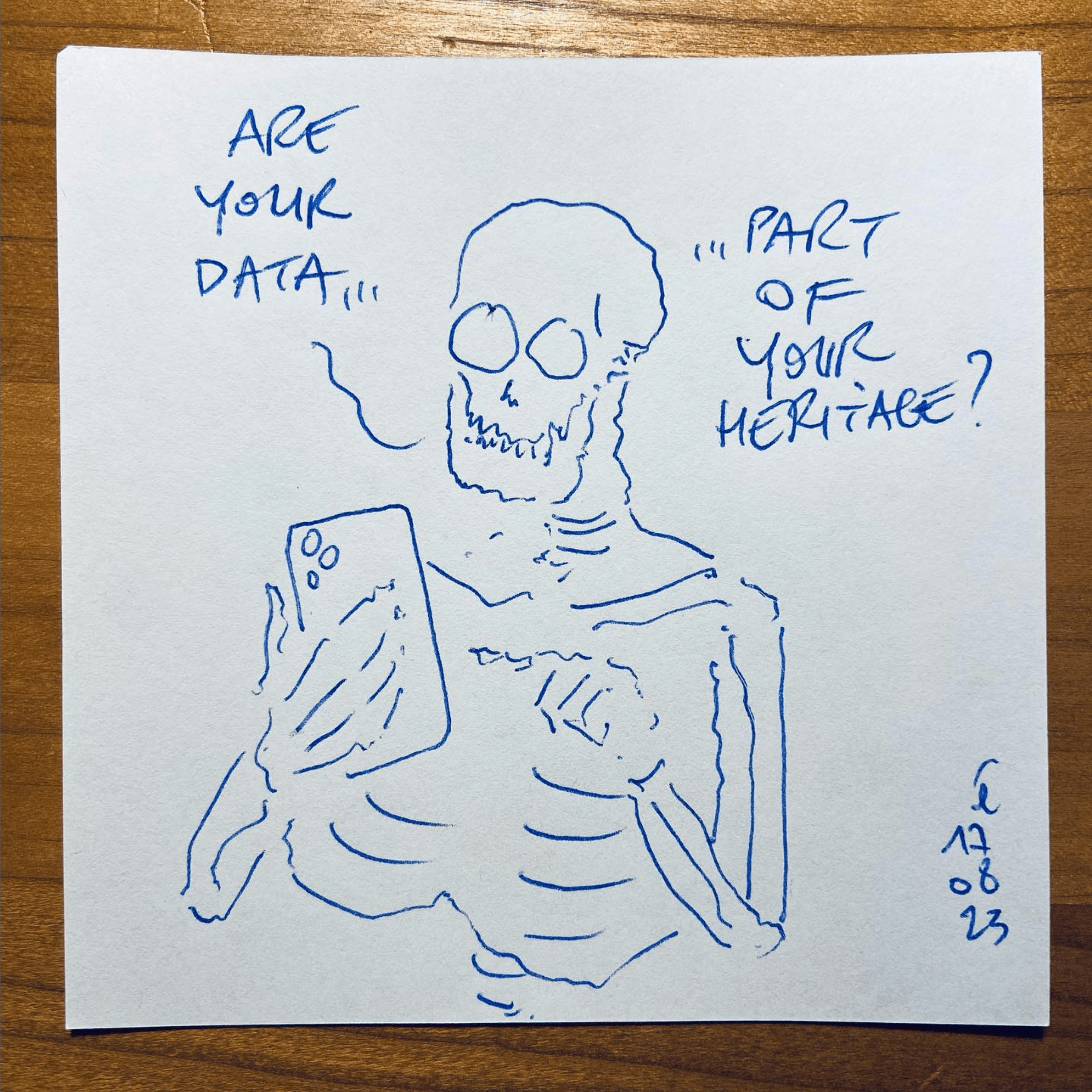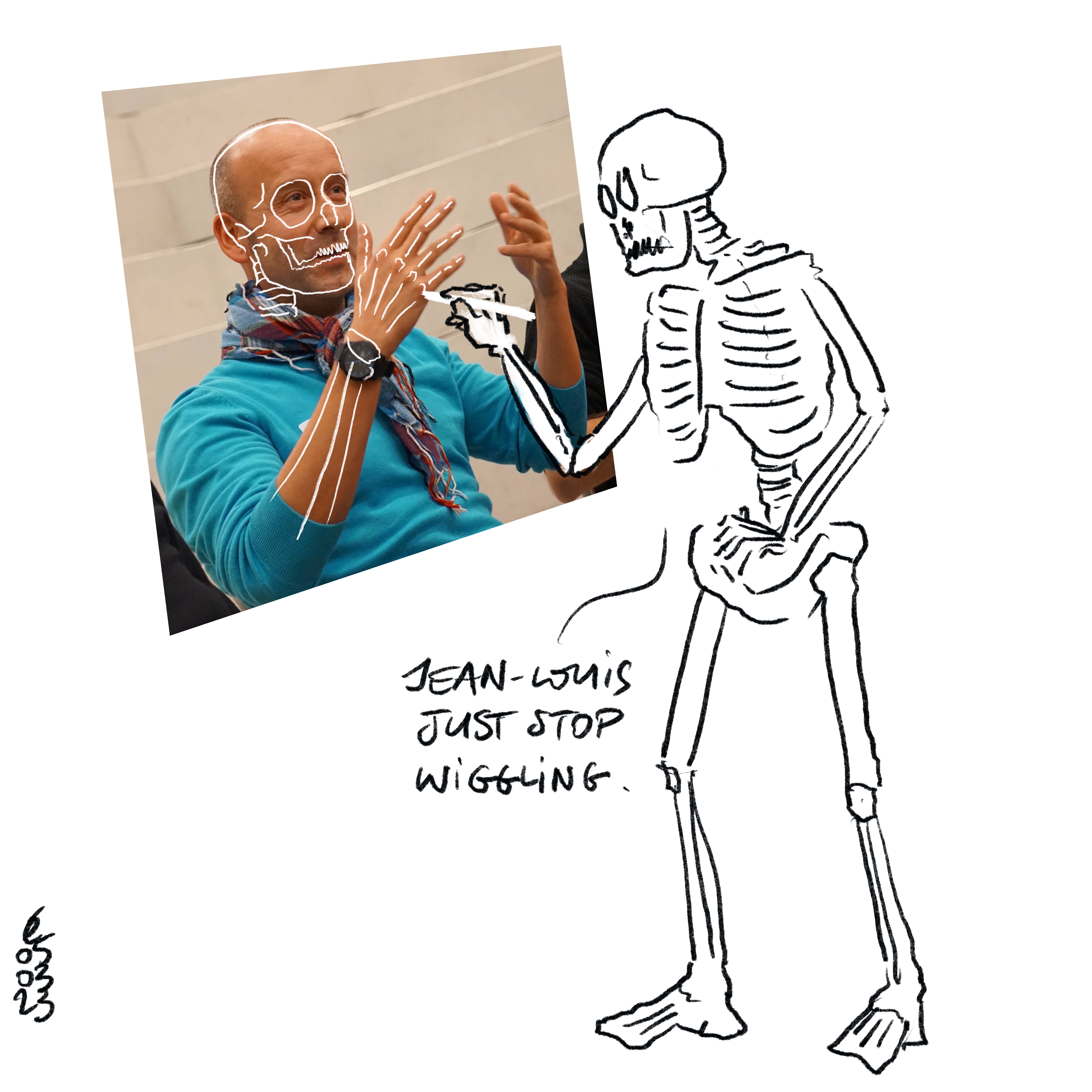
Some of the brightest early examples of what we now call “narrative data” or “data visualization” arose from an urgent need to communicate crucial information.
Examples are Florence Nightingale’s visual data on the Crimean War and W.E.B. DuBois’s “The Exhibit of American Negroes.” Both, visionary examples, come from intellectuals who were often disenfranchised and faced a number of obstacles to be heard and considered valid.
While, of course, creativity and an understanding of narrative are paramount to telling a story with data, it may be that another driving factor in these works beyond their time is the profound need to communicate quickly, effectively to capture the audience’s attention in a short space of time. Neither struggled with the very small attention spans demanded by social media and streaming, but they faced a different kind of challenge, that of bias.
Today we see these examples, so relevant, as references when it comes to communicating with data and the artistry with which they carried it out.
Still, with data and its narrative in mind, it is perhaps just as important to pull back the curtain and look at the narrative behind the data narrative.
Let us first consider W.E.B. DuBois’s exhibit “The Exhibit of American Negroes” at the 1900 Exposition Universelle in Paris, but first let us know who W.E.B. DuBois was.
William Edward Burghardt Du Bois was one of the first sociologists to use the survey as a research method and was also one of the first to use statistics to demonstrate racial inequality. A key figure in the history of social work because of his commitment to equality and social justice, one of his main concepts, which is still being studied today, is that of “double consciousness”, which describes the internal struggle of a black person in balancing his or her dual identity: racial and American. A concept that reminds us of the idea of intersectionality, without which it is impossible to talk about how different issues cross a single identity and shape it as such.
There were many works and studies by Du Bois, but among all of them, from the point of view of the narrative of data, stands out, undoubtedly, “The Exhibit of American Negroes”, described in the report of the Official American Delegation to the Paris exhibition of 1900 with these words: “It is impossible to do justice to this exhibition in a few descriptive lines. The material presented was not only of high scientific value, but was shown in the most graphic manner. There was no better example … that exhibits should be made attractive and interesting.”
Many articles have been written referring to this incredible work done by Du Bois with his students, in collaboration with Thomas J Calloway and Booker T Washington, as shown in an article in Hyperallergic and also in Ellen Terrel’s research, but perhaps the most eloquent text is given by Thomas J Calloway, the person in charge of the exhibit, who describes the goals of the exhibit this way:
“It was decided in advance to try to show ten things relative to Negroes in America since their emancipation: (1) Something of the history of the Negro; (2) the education of the race; (3) the effects of education on illiteracy; (4) the effects of education on occupation; (5) the effects of education on property; (6) the mental development of the Negro as shown by books, upper class pamphlets, newspapers and other periodicals written or edited by members of the race; (7) his mechanical genius as shown by patents granted to American Negroes; (8) commercial and industrial development in general; (9) what the Negro is doing for himself through his own separate church organizations, particularly in the work of education; (10) a general sociological study of racial conditions in the United States. “
Digging a little deeper into the articles written by Calloway in the African American newspaper “The Colored American,” his reasoning goes much deeper than simply showing post-emancipation progress. His article expressed the need to show people of African descent as capable, intelligent, worthy of citizenship and respect. Ultimately, the exhibition was about combating a stigma that was not credible.
Calloway in an article on why the exhibition is necessary gets tangled up in some problematic paradigms, although he begins by referencing the Fashoda incident and the Boer wars, stating that hopefully showing the progress of former slaves will lead to a better understanding of future relations between Europe and Africa, so that those from the “Dark Continent” will be seen as “capable workers, producers and citizens, and those in the Old World will be wiser in designing their African policies.” The story behind this data narrative is the need to show the world that conceptions about race, especially those about the inferiority of darker-skinned and formerly enslaved peoples, are simply wrong. This message still resonates today and perhaps what keeps us captivated is as much about how this message was communicated as the message itself.
“City and Rural Population. 1890” 1900, via Library of Congress Prints and Photographs Division.
Visual Innovation
As Alison Meir states, “The graphics are strikingly vibrant and modern, almost like the crossed lines of Piet Mondrian or the crisscrossing forms of Wassily Kandinsky.” Jason Forrest’s research shares the same views, and we also find it on Brainpickings, The Public Domain Review or the Smithsonian blog. Which is quite a compliment, except that “The Exhibit of American Negroes” predates these two artists’ foray into abstract painting by at least a decade, with the exception of Hilma af Kint, whose most similar work was produced four years after the exhibition.
How did they do it?
Jason Forrest’s research on the process of assembling the images is revealing, “Du Bois began assembling the exhibition on December 28, 1899. The Paris Exposition began on April 15, 1900 and the journey would take at least 6 weeks by boat.” This fact meant that the team did not have time to make block prints and instead they were left with one recourse, to paint by hand. Forrest goes into detail about the process alluding to various materials, existing charts and visuals of the time and the different influences that may have pushed the work in the direction that made it so striking.
Forrest rules out that this work could have been a precursor to the modernist movement in the art world. However, let’s not forget that art history often ignores the contributions of people outside the traditional schools and canons. Think of the influence of African art on what the world saw as the unique genius creation of Georges Braque and Picasso, Cubism. Only four years after the Paris exhibition, Hilma af Klint embarked on her series of abstract paintings. And although she was not in Paris at the time, we cannot deny that ideas travel, especially good ones. Considering that the Vienna Circle and the Bauhaus were inspired by the natural and social sciences, this famous work exhibited in Paris, which was already part of what was then “the axis of modernity (Paris/Munich/Milan)” influenced not only data, but also art in more ways than we could imagine.
Looking to the future
Today, with digital tools, both as information processors and taking into account the capacity we have to translate them into all kinds of formats, data visualization has been revolutionized. There are countless initiatives that demonstrate this. Domestic Data Streamers, without going any further, interviewed in this issue, are a good example of this. However, the authenticity reflected in DuBois’ work continues to serve as an inspiration for all kinds of projects that seek to raise awareness of social issues.
As an exercise to explain the present and the future, it is important to incorporate those conversations that connect with social movements and organizations that are finding new ways and means to communicate. Their manifestations are a cultural heritage that we must maintain and take into account.




